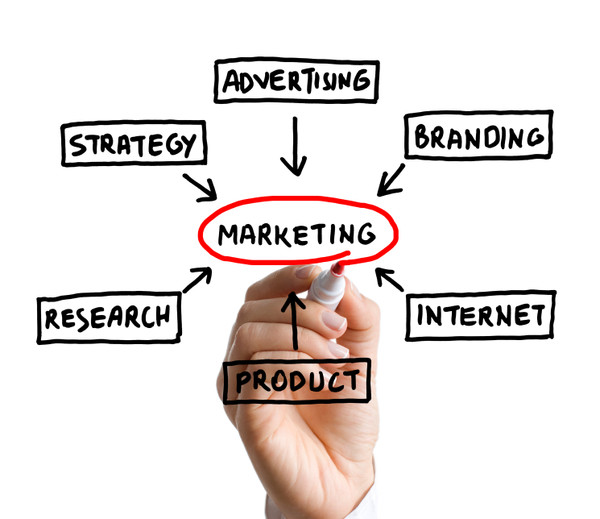 Companies that successfully reach consumers with disabilities understand that it requires commitment, discipline and strategy. The truth is, there is such a barren landscape of companies that are speaking to them directly, that any company that is serious about penetrating the market has the opportunity to make the competition irrelevant. These disability-savvy companies know that moving beyond understanding to market penetration requires well-developed tactics. The SMG Team has developed a quick list of tactics that change the culture and impact the bottom-line:
Companies that successfully reach consumers with disabilities understand that it requires commitment, discipline and strategy. The truth is, there is such a barren landscape of companies that are speaking to them directly, that any company that is serious about penetrating the market has the opportunity to make the competition irrelevant. These disability-savvy companies know that moving beyond understanding to market penetration requires well-developed tactics. The SMG Team has developed a quick list of tactics that change the culture and impact the bottom-line:
1. To Get the Consumer with a Disability, Keep it Simple
Most companies get into a quagmire about what to offer and what to say to consumers with disabilities. After the research has been completed and your company understands key drivers for purchase decisions, create an efficient path for consumers to navigate to help them understand how their needs will be met, communicating with them consistently and minimizing the number of information sources consumers must touch while moving confidently toward a purchase. We’ve found the most successful brands achieve this by personalizing the route. One way to personalize this process is to have customer service staff that understands how products and services are used by people with disabilities.
2. Offer Value
In most instances, people with disabilities, and families with a disabled child, live financially below their peers. They have to make their dollars stretch among the basics, and have medications, therapies and medical supplies that also need to be purchased. Companies that simplify the purchase process, and offer bundled packages, incentive discounts and additional value will win the market.
3. Be Consistent
The general rule is that a prospect has to have 7+ interactions with a company before making a purchase decision. Seven! That means that companies have to develop an integrated strategy with multiple touch points with consistency to make an impact. There can no longer be limited discussion about reaching people with disabilities in July (anniversary of the Americans with Disabilities Act) or October (National Disability Employment Awareness Month). It must consistently happen, with resources, all year long.
To learn more about how your organization can penetrate the disability market, contact the SMG Team for a 30-minute free call at 703-920-0225 or info@disability-marketing.com.


 Did you know that small businesses make up 23% all business in the U.S., but they employ 50% of the working population? In an environment where companies – large and small – are trying to be heard and seen in a crowded marketplace, small businesses have an opportunity to stand out when reaching an untapped consumer group – people who have disabilities, their families and friends.
Did you know that small businesses make up 23% all business in the U.S., but they employ 50% of the working population? In an environment where companies – large and small – are trying to be heard and seen in a crowded marketplace, small businesses have an opportunity to stand out when reaching an untapped consumer group – people who have disabilities, their families and friends.